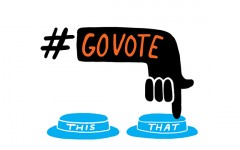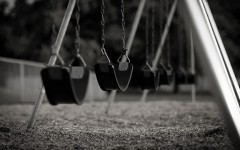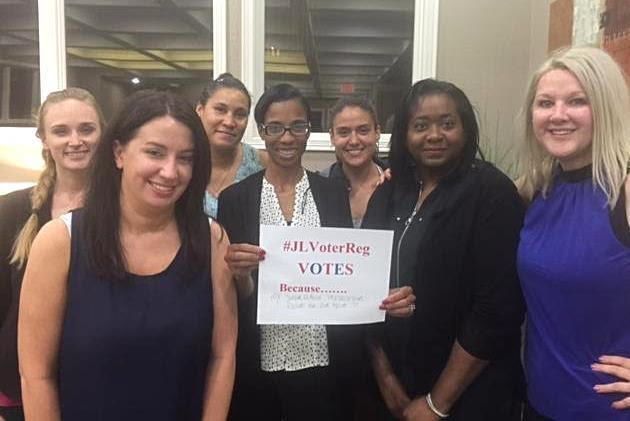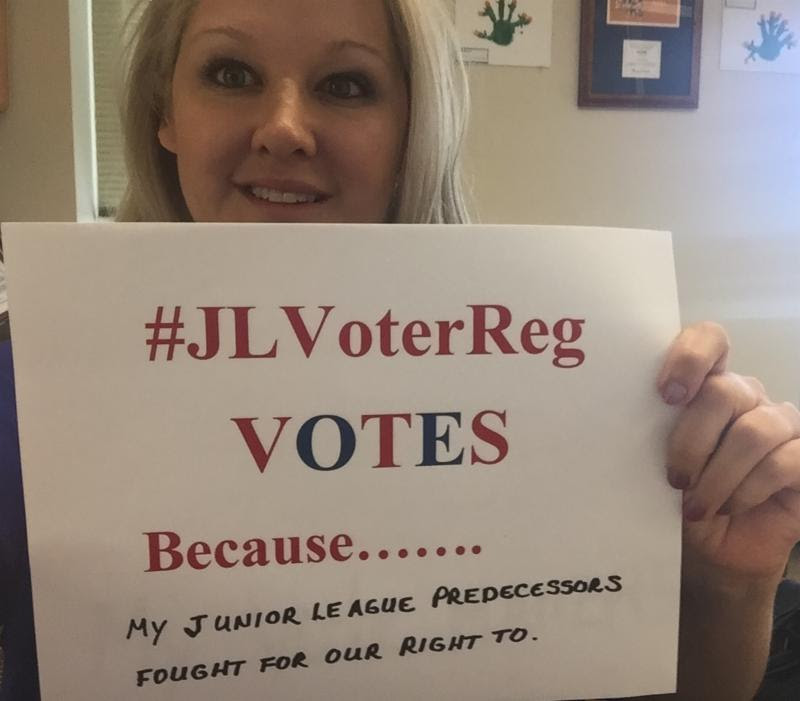 What does Valentine’s Day have to do with teen dating violence awareness?
What does Valentine’s Day have to do with teen dating violence awareness?
In 2017, more than you might expect.
First, Valentine’s Day falls in February, of course, which is also Teen Dating Violence Awareness Month.
This year, Valentine’s Day has also been designated Wear Orange Day, in which supporters of all ages wear orange – whether clothing, nail polish, ribbons, jewelry or shoes – to demonstrate their support of healthy dating relationships. (This is an offshoot of the “orange” movement, which uses the color orange as a universal symbol of the fight against violence against women and girls.)
And, if that’s not enough, Respect Week takes place during Valentine’s Day week (February 12-18) and provides a framework for young people to continue the fight against dating violence with awareness events and social media.
The sponsor of Wear Orange Day and Respect Week is loveisrespect.org. The nonprofit, which strives to empower youth to prevent and end dating abuse, provides these statistics to demonstrate the seriousness of the problem:
- Nearly 1.5 million high school students nationwide experience physical abuse from a dating partner in a single year.
- One in three adolescents in the U.S. is a victim of physical, sexual, emotional or verbal abuse from a dating partner, a figure that far exceeds rates of other types of youth violence.
- One in 10 high school students has been purposefully hit, slapped or physically hurt by a boyfriend or girlfriend.
(The love is respect initiative is a project of the National Domestic Violence Hotline, which Junior League members MariBen Ramsey and Christine Benero wrote about here in support of National Domestic Violence Awareness Month in 2016.)
Junior Leagues are approaching the problem in a wide range of ways.
The Junior League of Ann Arbor/Parke-Davis Pharmaceutical Research Domestic & Dating Violence Prevention Endowment Fund tackles it directly by providing a sustainable resource for the education and prevention of dating and domestic violence that supports innovative, early intervention and prevention programs.
Strong Girls, Bright Futures, a project of the Junior League of Gwinnett and North Fulton Counties, seeks to make a difference in the lives of girls in the 5th through 8th grades by coaching them on how to make positive choices and think critically.
Positively More, a project of the Junior League of Greenwich, is designed to give pre-teen girls the tools to avoid compromising situations, lessen the consequences of potential conflicts and identify lessons learned by those challenges.
The Junior League of Little Rock’s Families and Community Together (FACT) initiative pairs JLLR mentors with pregnant and parenting female teens to encourage the participants to stay in school, delay future pregnancies and learn positive parenting skills. The League’s Girls Realizing Opportunity Within (GROW) is designed to help adolescent girls establish and improve their self-esteem and self-image in order to develop an inner confidence and to promote positive life choices.
*This article was originally published in connected, an official publication of The Association of Junior Leagues International, Inc., and has been reprinted with permission.


 You may have heard the statistics on women as STEM – science, technology, engineering and math – professionals, and they are discouraging.
You may have heard the statistics on women as STEM – science, technology, engineering and math – professionals, and they are discouraging. Given the fact that October was National Domestic Violence Awareness Month, that’s a good question.
Given the fact that October was National Domestic Violence Awareness Month, that’s a good question. It’s no secret that most of the Americans who are eligible to vote don’t. Only two-thirds of Americans who are eligible to vote are actually registered to vote, according to the
It’s no secret that most of the Americans who are eligible to vote don’t. Only two-thirds of Americans who are eligible to vote are actually registered to vote, according to the  It’s a handy catchphrase for
It’s a handy catchphrase for  Sometimes a good thing can come out of a very bad thing. That is, in many ways, the story behind
Sometimes a good thing can come out of a very bad thing. That is, in many ways, the story behind  Erin Merryn is the force behind Erin’s Law. Beginning in 2010, she launched a forceful campaign to pass a sexual abuse curriculum in all 50 states. (The first Erin’s Law was passed in her home state of Illinois.) The law brings changes that are both simple and profound. Simple because it requires that all public schools in each state implement a prevention-oriented, age- appropriate abuse prevention program from pre-K to 12th grade. Profound because no formal school-based, state-wide program existed before the first Erin’s Law passed.
Erin Merryn is the force behind Erin’s Law. Beginning in 2010, she launched a forceful campaign to pass a sexual abuse curriculum in all 50 states. (The first Erin’s Law was passed in her home state of Illinois.) The law brings changes that are both simple and profound. Simple because it requires that all public schools in each state implement a prevention-oriented, age- appropriate abuse prevention program from pre-K to 12th grade. Profound because no formal school-based, state-wide program existed before the first Erin’s Law passed.


